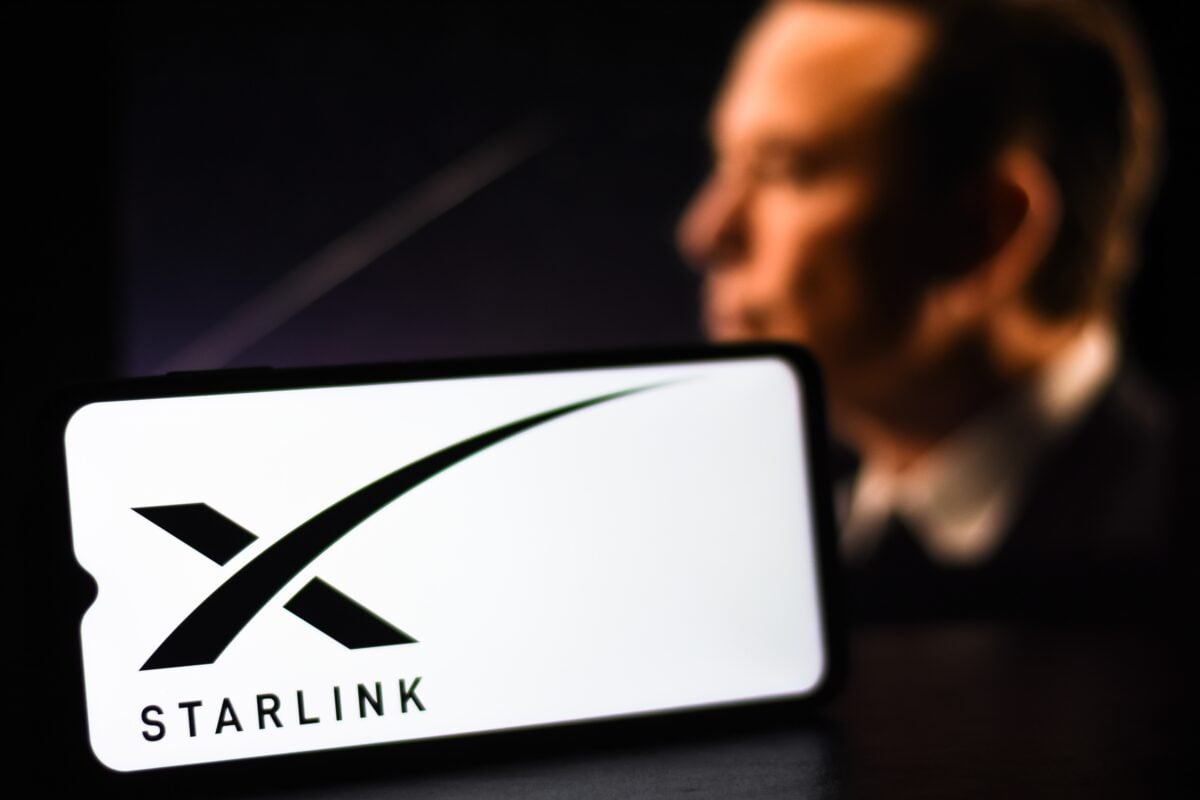TLDRs;
- Starlink begins security clearance tests in India, signaling progress toward a potential 2026 commercial launch.
- Regulatory approval from TRAI and DoT remains pending, with pricing debates delaying full rollout.
- SpaceX is building 10 satellite gateways, positioning Starlink ahead of rivals like Jio’s Space Fiber and OneWeb.
- High proposed tariffs could limit adoption, though Starlink’s expansion may redefine India’s digital connectivity landscape.
SpaceX’s satellite internet division, Starlink, is moving closer to its long-anticipated commercial launch in India.
According to sources familiar with the matter, the company has begun conducting mandatory government security tests, a crucial step in securing final clearance for its nationwide satellite broadband rollout.
The move signals significant progress for Elon Musk’s space venture, which has been working for years to enter India’s complex telecommunications market. With these security evaluations underway, Starlink edges toward becoming a key player in India’s next phase of digital connectivity, potentially transforming internet access in underserved rural regions.
Regulatory Hurdles Still Ahead
The security tests form part of India’s telecom regulatory framework, which requires operators to pass detailed government scrutiny before offering services to the public. Starlink’s next major hurdle lies with the Telecom Regulatory Authority of India (TRAI), which is expected to finalize the pricing structure for satellite-based internet by the end of 2025.
If all approvals align, commercial operations could begin as early as 2026. However, the pricing debate remains a sticking point. TRAI has proposed a 4% spectrum usage fee on adjusted gross revenue (AGR), along with additional charges that could push monthly user costs above ₹4,200 ($50), notably higher than Starlink’s rate in Bhutan.
This pricing, coupled with an 8% license authorization fee, raises concerns that the service may remain unaffordable for the very rural and remote households it aims to serve. The Department of Telecommunications (DoT) and TRAI continue to deliberate on how to balance revenue goals with accessibility in one of the world’s fastest-growing digital economies.
Starlink Leads the Pack
Even as regulatory frameworks take shape, Starlink’s infrastructure rollout is already well underway. The company is reportedly constructing at least 10 satellite gateways across India, strategically positioned to connect its orbiting satellite constellation to terrestrial fiber networks.
Mumbai has been selected as Starlink’s central hub, with three ground stations already completed and awaiting on-site inspection. Additional gateways are planned in Noida, Chennai, and Navi Mumbai, marking an aggressive expansion strategy that puts Starlink ahead of local competitors like Reliance Jio’s Space Fiber and Eutelsat’s OneWeb.
SpaceX has entered talks with major data center and network providers such as Sify Technologies, STT GDC India, Equinix, and CtrlS. The company has also forged interconnection partnerships with DE-CIX India and Extreme IX to ensure low-latency connectivity across its network, a key differentiator in satellite broadband performance.
India’s Satellite Internet Landscape Expands
Starlink’s advances come as India’s communications ecosystem prepares for a new era of hybrid connectivity, combining satellite and terrestrial networks. The government’s focus on Digital India and remote-area connectivity aligns with Starlink’s mission, though local players remain wary of foreign dominance in the satellite internet space.
Experts suggest that the final outcome will depend on how India structures its spectrum and licensing fees, as well as the degree of local participation in Starlink’s network build-out. For infrastructure providers, the surge in demand for gateway facilities, fiber backhaul, and neutral colocation sites presents a lucrative opportunity.
Despite these challenges, industry analysts believe Starlink’s entry could reshape India’s broadband market, delivering high-speed access to previously unreachable regions and accelerating the country’s march toward universal internet coverage.





